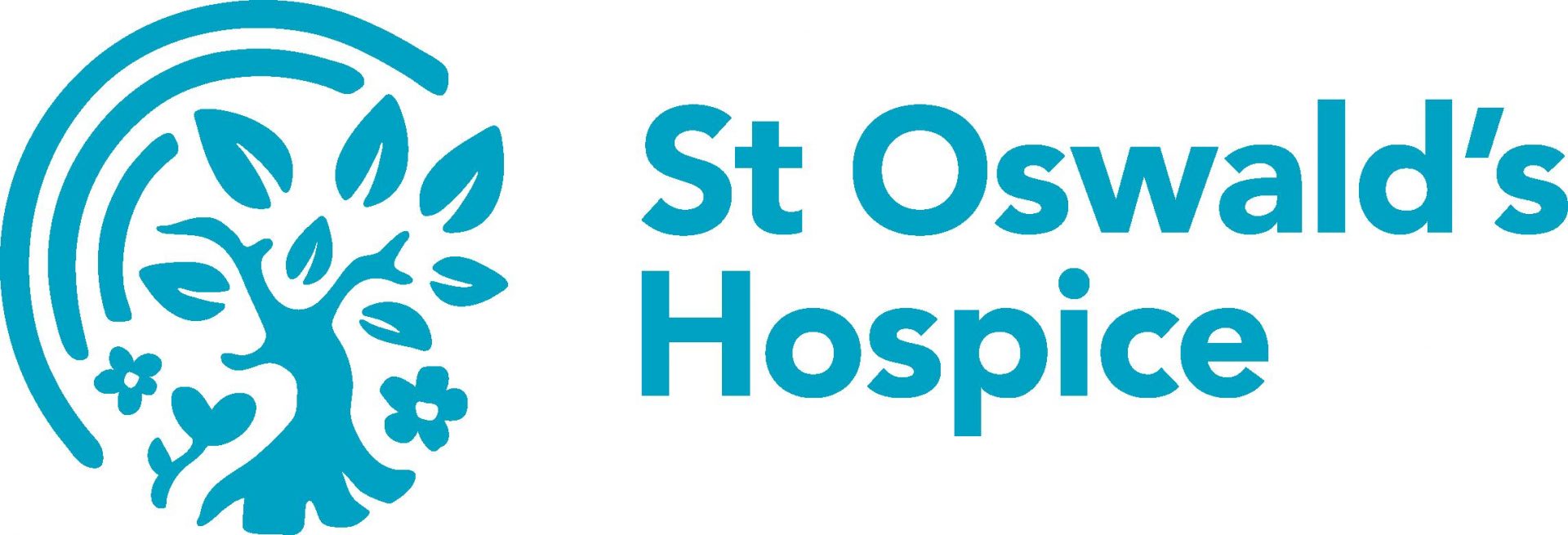What is DisDAT
In the late 1990’s a combined learning disability and palliative care team at Northgate Hospital in Northumberland, UK, began to explore the issue of identifying distress in people with severe communication difficulties.
They made three observations
Lay and professional carers were skilful at identifying distress, but had little confidence in that skill.
- This lack of certainty in what carers were observing made it difficult for them to advocate for the person with the communication difficulty, when faced with a challenge to their observation.
- A number of pain score tools existed for people with cognitive impairment despite the absence of any evidence in the literature that pain produced any unique signs or behaviours.
- The lack of validation of existing pain tools against non-pain distress.
The team gradually realised that what was needed as the development of a process that:
- Identified distress, rather than pain.
- Documented signs and behaviours when a person was content and when they were distressed.
- Helped to put the distress into context by providing a checklist that suggested possible causes of distress.
The team piloted an early version of DisDAT in 2001 and in 2003 completed a validation study under the auspices of Northumbria University which was published in 2006 (see references). These studies found that:
- Distress signs and behaviours are not specific to the cause.
- Each person has their own ‘vocabulary’ of distress signs and behaviours.
- Teams pick up more signs and behaviours than any one individual.
- DisDAT documents identify distress accurately and carers find it easy to use.
More recent work has confirmed that one pain tool, PAINAD, has a high false positive rate for pain, i.e. it picks up non-pain distress (see references).
